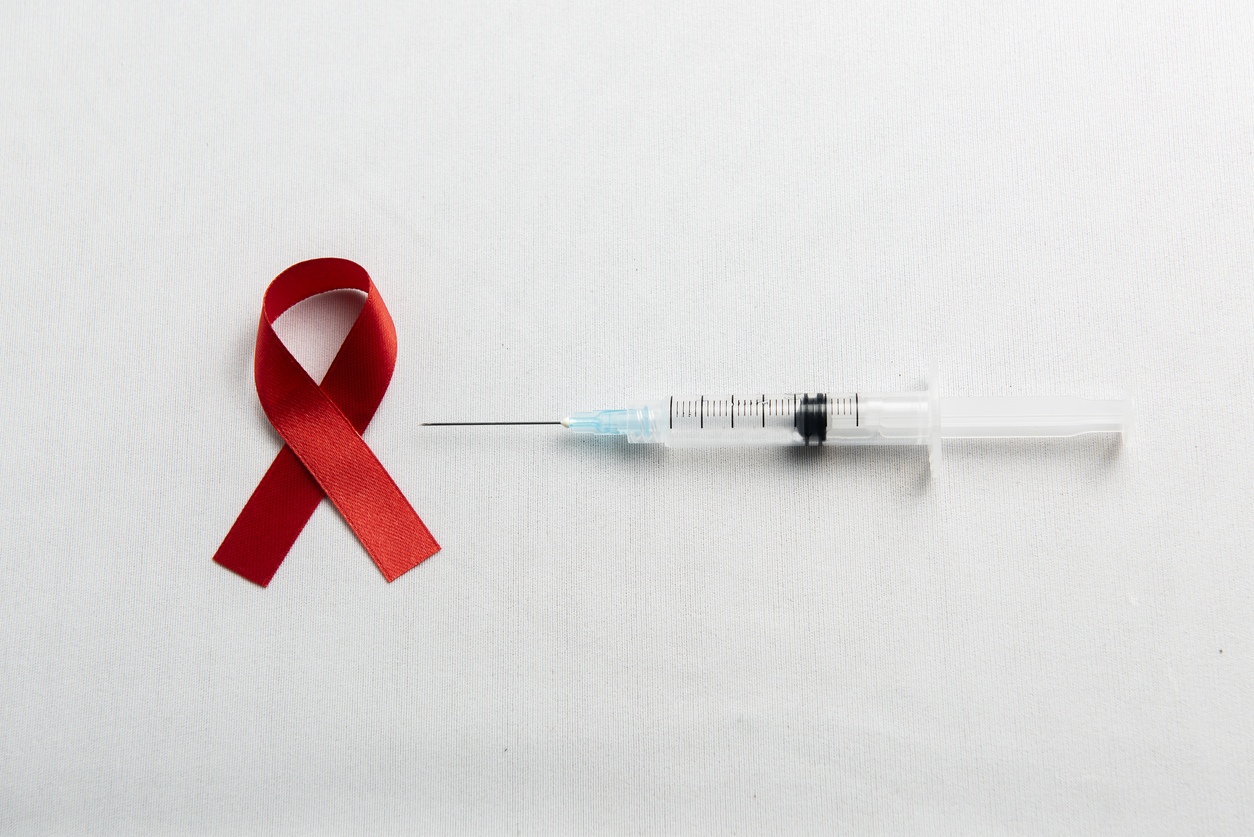2025-07-21
The future of sunscreens lies in the film
Dermatology and Venereology
By Ana Espino | Published on July 21, 2025 | 2 min read
#Photoprotection #Sunscreen #Nanomaterials #Polymers #SPF
Photoprotection is a fundamental pillar in the prevention of skin disorders caused by ultraviolet (UV) exposure. As the incidence of melanoma and carcinoma continues to rise, the actual efficacy of sunscreens is becoming a public health issue. While current organic and mineral UV filters offer theoretically effective protection, their performance largely depends on the quality of the film formed on the skin’s surface. In real-world conditions, factors like uneven distribution, filter crystallization, solvent evaporation, and mechanical friction disrupt film cohesion and compromise the labeled SPF value. Increasing the concentration of UV filters to compensate for these losses faces several obstacles: irritation risks, poor cosmetic tolerance, and environmental impact.
In response to these limitations, new formulation approaches are emerging, focusing on the structure and stability of the protective film rather than solely on filter concentration. This review examines recent advances in using hydrocarbon-based film-forming agents and carbon-based nanomaterials to improve sunscreen adherence, durability, and photostability.
A stronger film, a higher SPF?
This study analyzes recent sunscreen formulations incorporating hydrophobic film-forming polymers and carbon-based nanomaterials such as fullerenes and nanodiamonds. These components enhance UV filter distribution, reduce crystallization, and create a more uniform and resilient barrier on the skin. Water-in-oil (W/O) systems, which are more lipophilic, also provide better skin adherence compared to traditional oil-in-water (O/W) emulsions.
The results confirm that formulations enriched with hydrocarbon film-forming agents and carbon nanomaterials significantly improve the overall photostability of sunscreens. These formulations better withstand environmental stress while maintaining effective protection over extended periods. One key benefit lies in the antioxidant properties of nanomaterials like fullerenes, which not only absorb UV radiation but also neutralize free radicals generated by sun exposure. This dual action helps limit oxidative damage to cell membranes and skin collagen, while prolonging the active lifespan of embedded UV filters.
Additionally, the study shows that these formulations enhance interfacial cohesion, promote more uniform UV filter distribution, and improve resistance to water, sweat, and mechanical abrasion. These findings confirm the value of these novel components in optimizing sunscreen performance under real-world use conditions.
Read next: Vitamin D and skin: friendly or hostile light?
Towards smarter, more stable sunscreens
UV-related skin cancers and photoaging remain major challenges in preventive dermatology. Given the partial ineffectiveness of conventional sunscreens in actual use, the current challenges lie in improving the stability, skin adherence, and tolerance of sun protection without increasing UV filter content.
This review aimed to explore how incorporating hydrocarbon film-formers and carbon-based nanomaterials can boost the overall performance of sunscreens—particularly their ability to form homogeneous, stable, and photoprotective films on the skin’s surface. The results show that these innovative components significantly enhance the photostability, cohesion, and resilience of sunscreen films, while providing additional antioxidant benefits. Photoprotective efficacy thus depends not just on UV filter concentration, but on the structural quality of the applied film.
Future directions include the development of biocompatible formulations with these smart agents, the standardization of testing protocols on human skin, and in-depth assessments of the safety and environmental impact of nanomaterials. These advances may pave the way for a new generation of sunscreens that are safer, more effective, and better suited to current demands in skin health and sustainability.
Read next: CBD & Sun: innovation beneath the skin
About the author – Ana Espino
PhD in Immunology, specialized in Virology

Last press reviews
Twice-yearly injections to change the game?

By Ana Espino | Published on December 3rd, 2025 | 3 min read
HIV & young people: what if we changed the rules?

By Ana Espino | Published on December 2nd, 2025 | 2 min read
